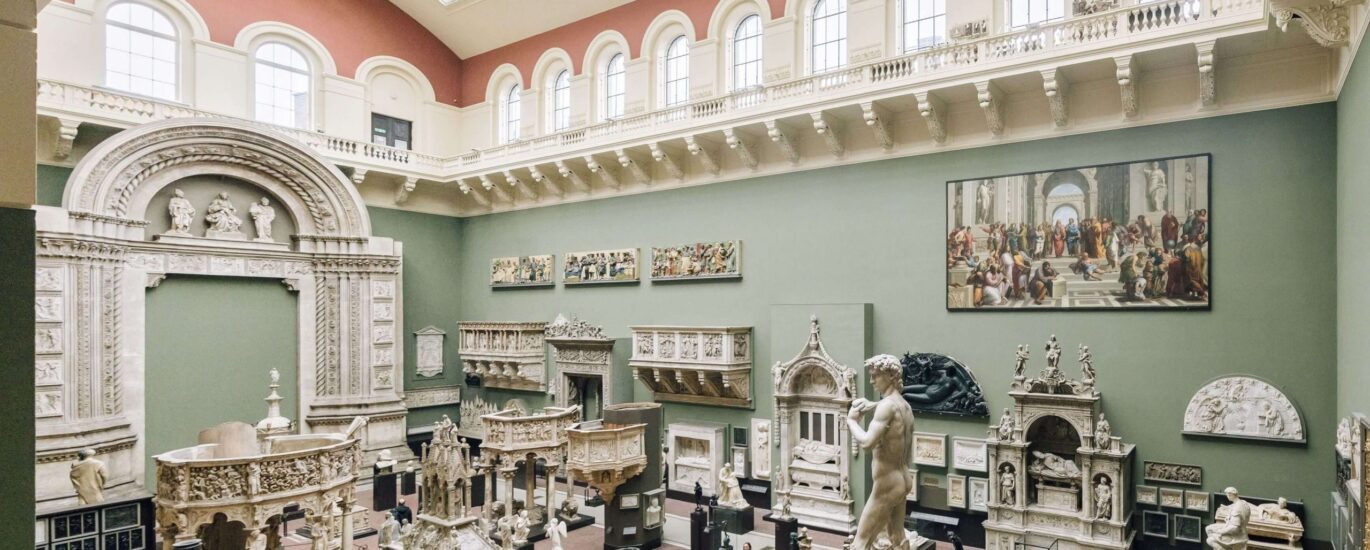Welcome to the Victoria & Albert Museum, a treasure trove of art, design, and history nestled in the heart of London. This iconic institution, often referred to simply as the V&A, is a testament to the enduring legacy of Queen Victoria and Prince Albert, who championed the arts and sciences during their reign.
Let’s travel back to 1852, the year the museum was founded. Originally named the South Kensington Museum, it was established in the wake of the Great Exhibition of 1851, an event that showcased the wonders of industry and manufacturing from across the world. The success of the exhibition, spearheaded by Prince Albert, highlighted the need for a permanent space dedicated to the arts and education.
The museum’s early years were marked by rapid growth and the acquisition of diverse collections. Its first director, Sir Henry Cole, was a visionary who transformed the museum into a hub for learning and inspiration. Cole’s efforts to make art accessible to all were evident in the museum’s free admission policy, a tradition that continues to this day.
Over the decades, the V&A has played host to countless notable figures. From artists and designers to royalty and politicians, many have walked its halls. One of the most famous events was the 1899 reopening of the museum by Queen Victoria herself, during which she declared it would bear her name and that of her late husband, thus cementing its identity as the Victoria & Albert Museum.
As you explore the museum today, you will encounter a vast array of objects—over 2.3 million, in fact. These include everything from medieval sculptures to contemporary fashion. The Cast Courts, for instance, house plaster casts of some of the world’s most impressive sculptures, including Michelangelo’s David and Trajan’s Column.
The museum is also a place of innovation and creativity. In recent years, it has expanded its reach with the V&A East project, aiming to engage new audiences and foster creativity among young people. This initiative reflects the museum’s ongoing commitment to education and the arts.
The V&A’s role in broader historical contexts cannot be understated. It has been a site of cultural diplomacy, such as the recent meeting between UK Prime Minister Keir Starmer and German Chancellor Friedrich Merz. This highlights the museum’s significance as a bridge between cultures and nations.
As you conclude your visit, consider the museum’s impact on the world of art and design. It remains a beacon of creativity, inspiring future generations to appreciate and create beauty in all its forms. The Victoria & Albert Museum is not just a collection of objects; it’s a living narrative of human ingenuity and imagination.




